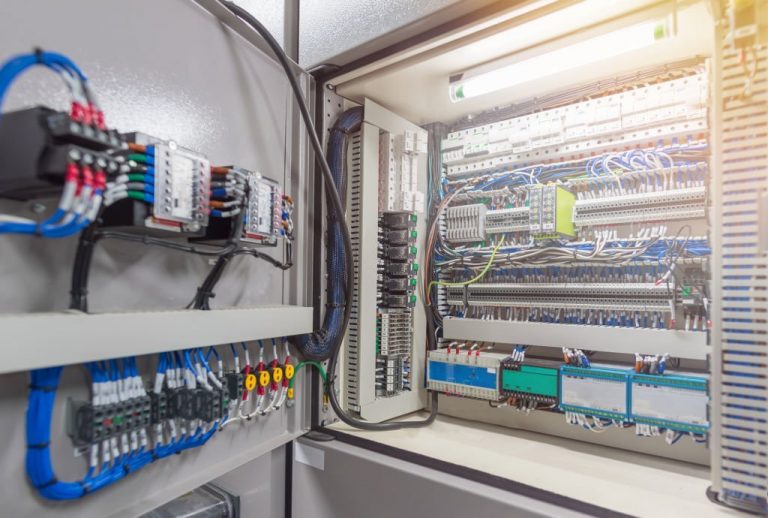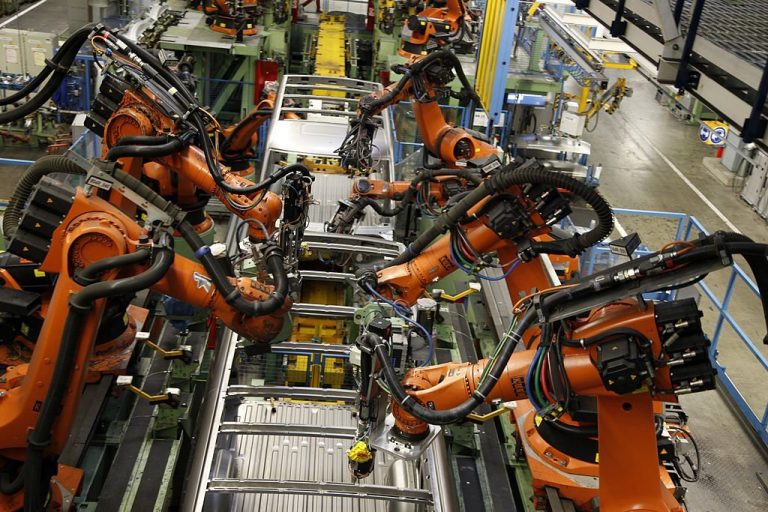
Expand the flexibility and quality of your manufacturing process
In the past, automation was done to lower costs connected with human operators and to boost productivity because automated systems can operate around-the-clock (i.e. wages & benefits). Automation’s current emphasis is on improving the quality and flexibility of the manufacturing process. When pistons were manually installed into engines in the automotive sector, there was a 1–1.5% mistake rate. Currently, automated equipment with a 0.00001% error rate does this task.
Advantages of industrial automation
Lower operating costs: Industrial automation does away with the paid leave, holidays, and healthcare expenses that come with having a human operator. Furthermore, other employee advantages like incentives, pension coverage, etc. are not necessary with industrial automation. Above all, while having a high upfront cost, it saves workers’ monthly salaries, which results in significant cost savings for the business. Because industrial automation gear does not break down frequently, the maintenance costs are lower. Only computer and maintenance engineers are needed to repair it if it breaks.
Advantages of industrial automation.
Productivity
Industrial automation helps a corporation achieve its goal by enabling it to operate a manufacturing facility around-the-clock, every day of the week, all year long.
Quality
Since robots do not experience fatigue like humans do, they may produce things of a consistent quality at various times.
Flexibilty
Robots can be programmed to perform any task. The production process becomes more adaptable as a result.
Safety
By using robots to handle dangerous situations, industrial automation may make the production line safe for workers.



